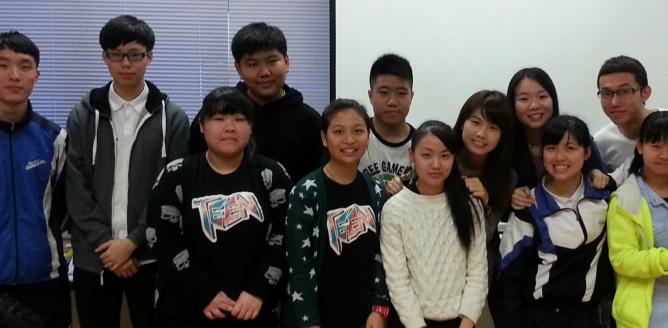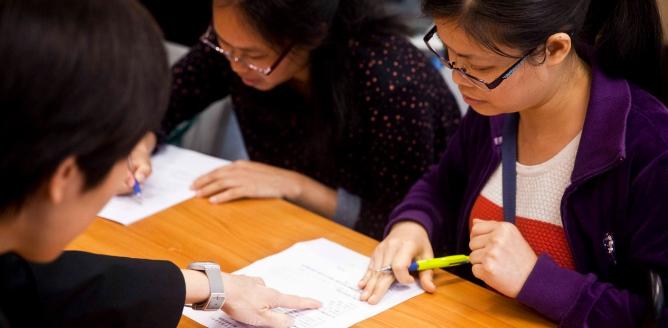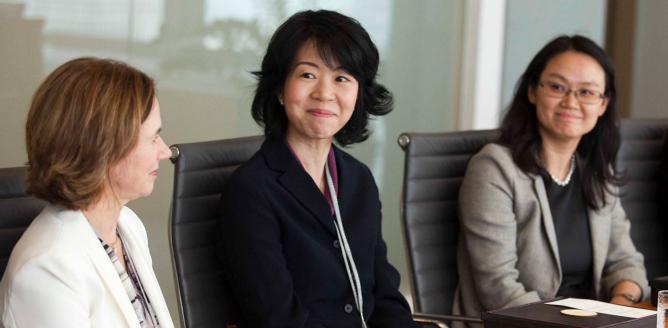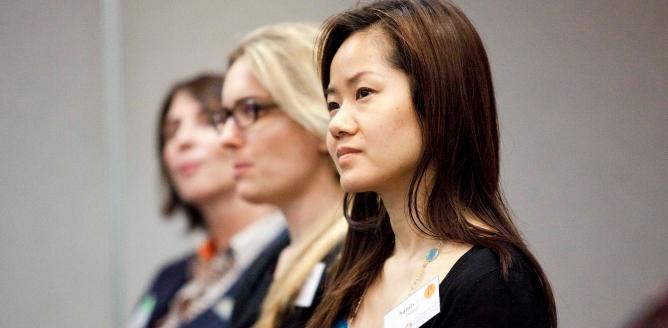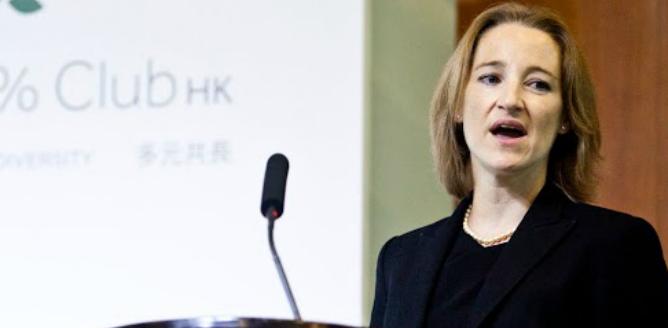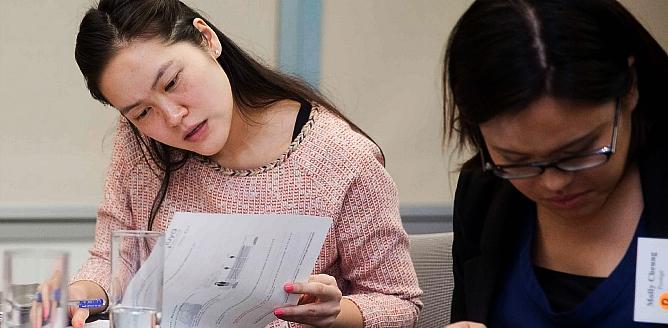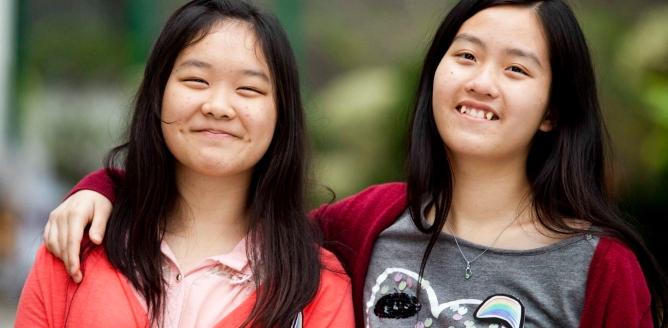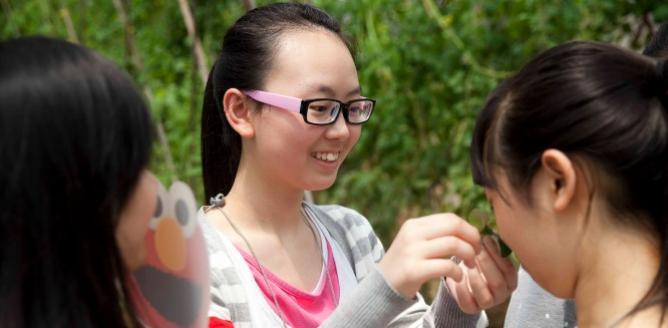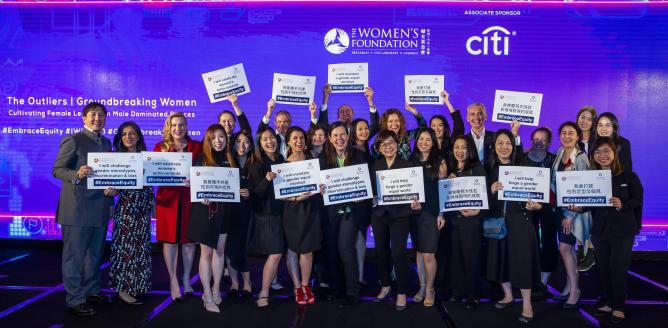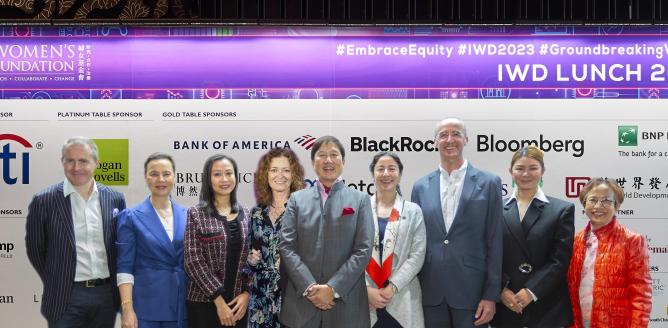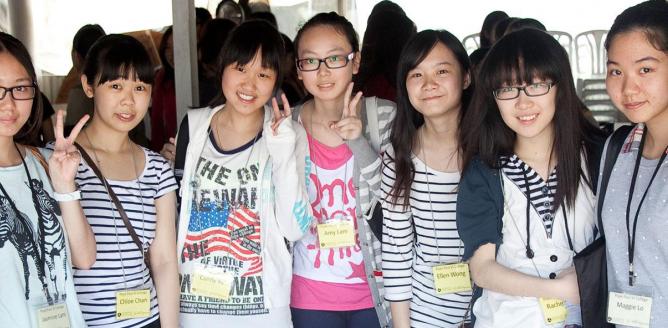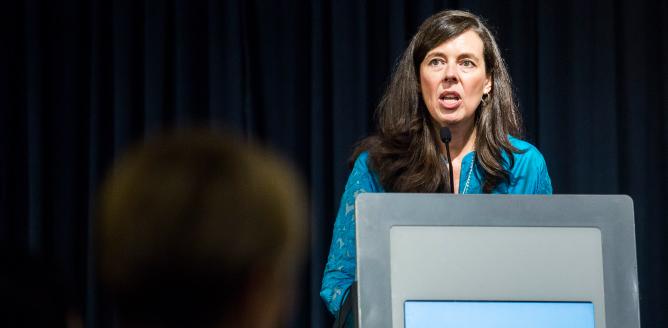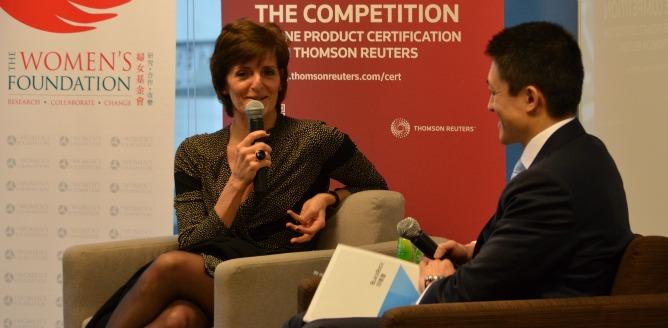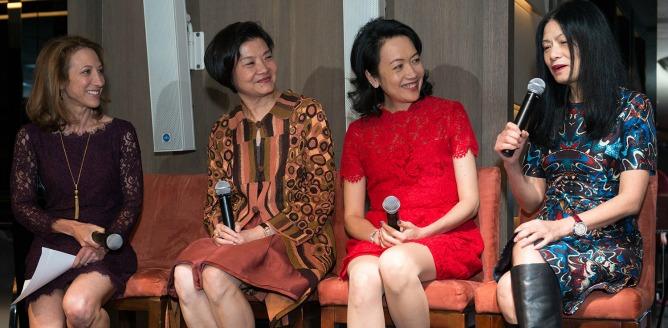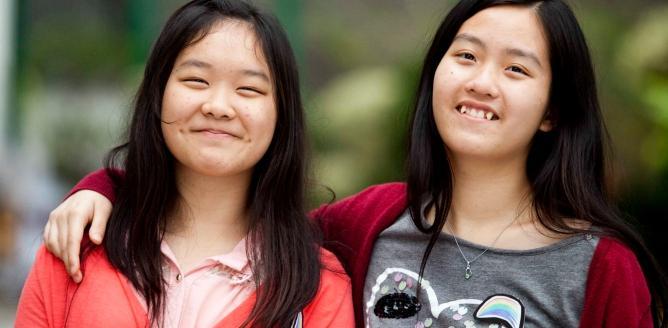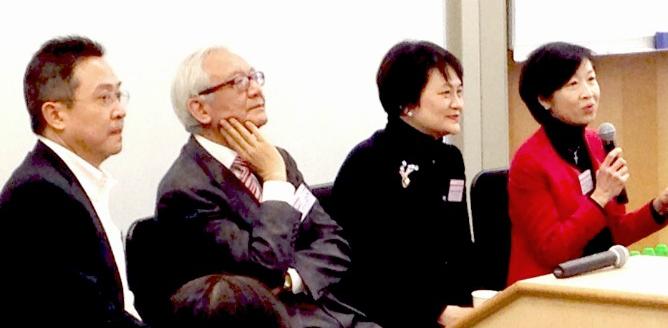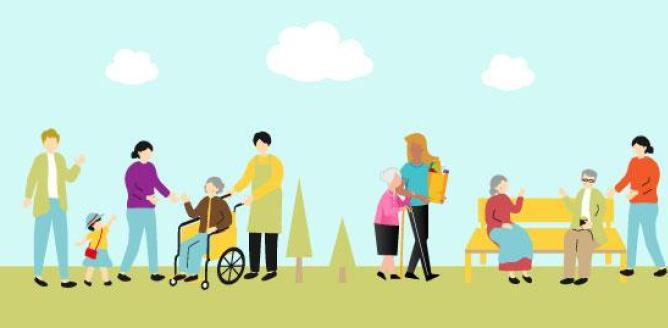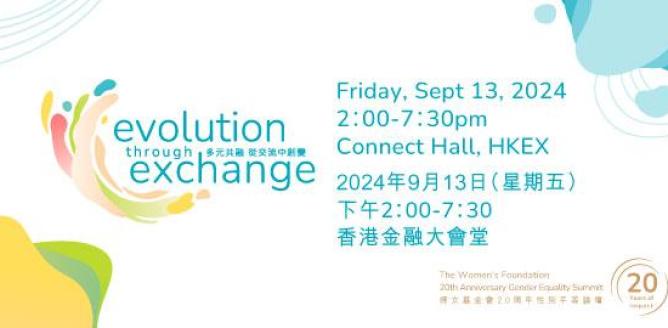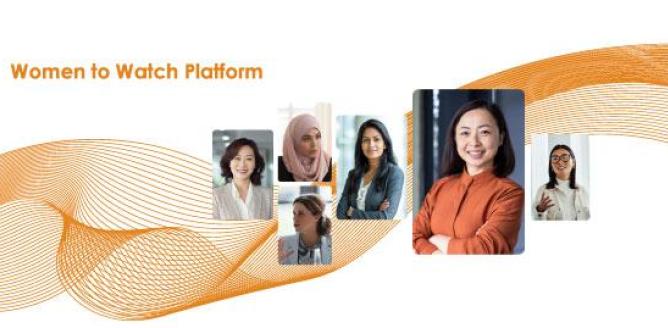The world’s rapidly ageing population has enormous implications for society and is a major global challenge. Asia leads this demographic shift, and it is estimated that within the next two decades one in four people will be over 60 years old in the Asia Pacific region. Hong Kong is among the top 3 economies in Asia facing this issue and by 2050, around 40% of the city’s population is expected to be over 65 years old.
The ageing population means that the size of the workforce is decreasing, which, with an already declining birth rate, compounds the well-documented labour shortage in the city. At the same time, the number of people requiring care is increasing. With the population of eldercare recipients in Hong Kong set to more than double from 5% to 11% by 2060, our research shows that the cost of eldercare to society, workplaces and individuals will increase dramatically.
Eldercare is a gendered issue. As with other caregiving responsibilities, the burden of eldercare falls predominantly to women. Tangential to this, with an ageing population, ensuring the financial security and mental wellbeing of populations aged over 50 is key – which is particularly true for women who live five years longer than men on average. They are more vulnerable to financial instability due to gender gaps in pay, gendered barriers to advancement in the workplace and a greater likelihood to have career breaks due to caregiving responsibilities. We also know the elderly suicide rate is increasing due to loneliness and lack of support.
While the growing demands of an ageing society does have concerning implications for all of us, if addressed comprehensively, our changing demographics also present Hong Kong with two key opportunities:
The first opportunity is to better value our caregivers and expand our purview of who should take up the burden of care. Challenging expectations around traditional gender roles of caregiving shifts the onus from women as primary caregivers to shared caregiving responsibilities within a household. At work, employers who look at the whole employee lifecycle and put measures in place to accommodate and normalise caregiving responsibilities will be able to retain talent in the workforce longer.
The second key opportunity is unleashing the benefits of a multi-generational workforce. Age is one of the many intersecting dimensions of diversity that adds different perspectives and experience, creativity and innovation. Research estimates that cultivating multigenerational workforces can increase GDP per capita by as much as 19%. To get there, we must recognise the potential of older age workers through meaningfully tackling age discrimination, which disproportionately affects women. As men age, they are considered more valuable and competent whereas women lose credibility after 50. Older women face greater discrimination than their male counterparts in areas such as hiring and compensation, and evidence suggests that physical appearance matters more for women in the workplace and that age detracts more from physical appearance for women than for men. In conjunction with measures to address these issues, employers should also examine getting rid of mandatory retirement ages, flexible options for working and a workplace that is inclusive of a diverse population of older employees.
Other parts of the world are looking to Asia to learn how to manage an ageing population and ensure that older people are integrated into society and well cared for, while also ensuring that those who care for them are able to do so and have their own needs met. Let’s demonstrate to the rest of the world that it is possible to not just meet the needs of an ageing population; instead, combined with an inclusive and gender equitable approach, it can bring a host of new opportunities to our city.
Here are three actions we can take to shift our ageing society from a burden to an opportunity:
- At work, review existing policies and culture to ensure they sufficiently accommodate the needs of caregivers. Ensure age diversity on committees, working groups and selection panels. Encourage men in particular to take advantage of these policies will help normalise the uptake and encourage shared caring responsibilities for all genders.
- At home, look at who is doing the eldercare work within your family; if it is falling primarily to one person, look at how responsibilities can be more equitably distributed.
- More broadly, celebrate older age role models, particularly women, who are breaking stereotypes and push for greater older age representation in ads and media.
Get in touch at Fiona.Nott@twfhk.org.

